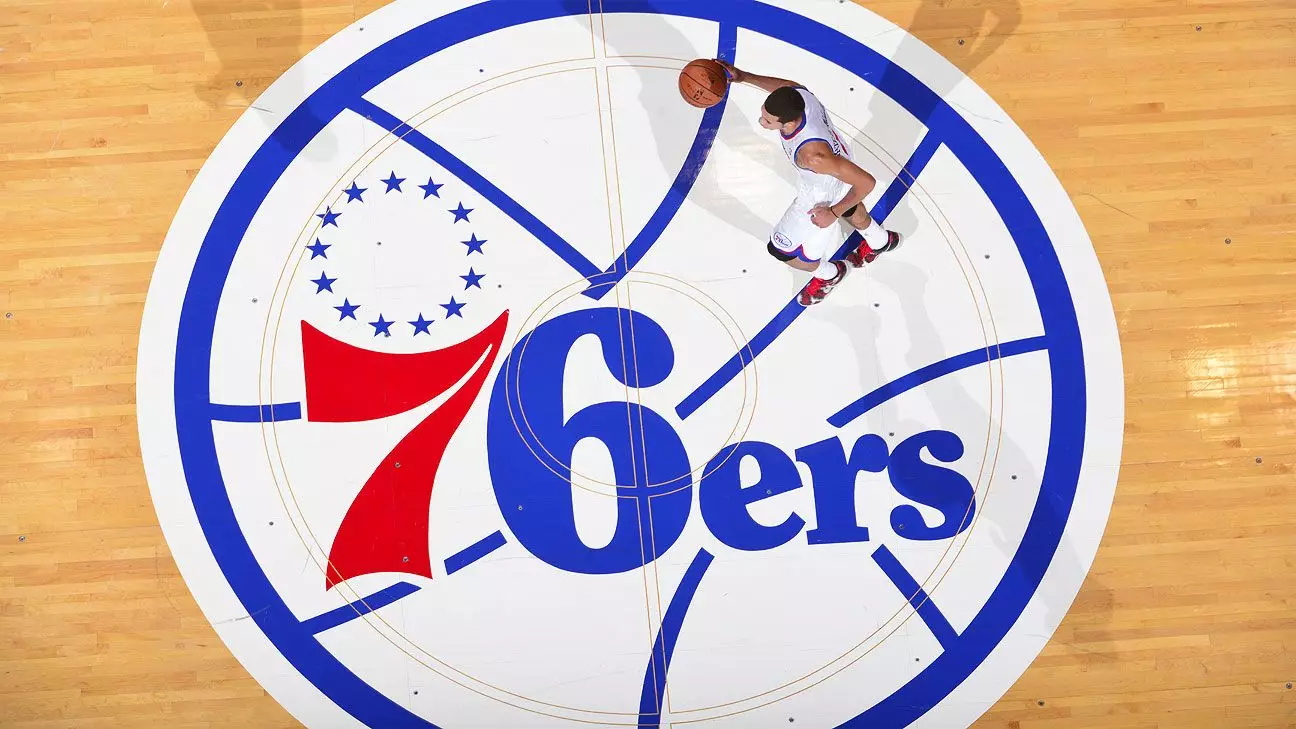The Philadelphia 76ers’ recent announcement that they will abandon plans for a downtown arena in favor of building a new venue in South Philadelphia has sent shockwaves throughout the city. After extensive negotiations and community pushback regarding a proposed $1.3 billion arena on the outskirts of Chinatown, the decision marks a significant pivot in the franchise’s approach to securing a new home. This move has been mostly welcomed by critics who opposed the downtown site, but it has also generated feelings of betrayal and frustration among city leaders and residents who had invested time and energy into the downtown project.
The decision to partner with Comcast Spectacor, the current landlord of the 76ers, rather than pursue the contentious downtown initiative reflects the realities of sports franchise dynamics. Recent comments from Philadelphia Mayor Cherelle Parker highlight the unexpected nature of the announcement. Parker declared the change as a „win, win, win, win for Philadelphia,“ suggesting an optimism that may not be shared by all stakeholders. The mayor expressed her surprise but emphasized the potential for both the team and the city to benefit from this new plan.
While the excitement around the new partnership is palpable, there are palpable undercurrents of discontent among City Council members and residents. Council member Jim Harrity voiced his grievances, stating he felt “completely bamboozled” after committing to support the downtown plan, which now appears to be a dead end. This sentiment encapsulates a larger narrative of disappointment that arises when promises made by powerful entities are abruptly discarded, leaving local representatives to grapple with negative fallout.
The Economic Landscape of Arena Developments
The 76ers‘ shift in focus follows a pattern observed in professional sports: teams often reassess their location strategies based on potential economic incentives. The proposed downtown arena was to inject an estimated $2 billion into the Center City economy, promising revitalization in the Market East area, which has struggled over the years. However, this vision is now at risk as the attention turns back to South Philadelphia, where the team shares a venue with the NHL’s Philadelphia Flyers.
Comcast’s involvement as both a partner and a minority stakeholder in the 76ers amplifies the complex web of interests at play. In the joint statement released following the announcement, all parties pledged to invest in the Market East location, hinting at a strategy that seeks to balance the needs and desires of the surrounding community with financial profitability. However, doubts linger regarding these commitments, particularly from representatives of the Chinatown community who felt sidelined during discussions.
Voices from the community, especially activists such as Vivian Chang, have voiced rising concerns about the implications of this abrupt decision. Chang articulated the sentiment that the negotiations overlooked the needs of residents, suggesting that the developers‘ priorities leaned more toward profit than community enhancement. This exposes a critical aspect of sports facility discussions: the perceived dominance of profit-driven motives over community welfare.
Economists and analysts have observed that such pivots are common in the realm of professional sports. The shifting strategies of teams often involve maneuvering between different locations and financial opportunities, leading to an environment ripe for speculation and shifting priorities. This ongoing battle for the best deal often sacrifices transparency and community trust, leaving local stakeholders grappling with uncertainty.
As plans unfold for the new arena in South Philadelphia, the 76ers, Comcast, and city officials must address the questions surrounding financial transparency, community impact, and potential revitalization in the downtown area, which was initially targeted for a state-of-the-art facility. The joint venture’s commitment to also foster a WNBA team in Philadelphia shines a light on the potential for broader sports engagement within the community. However, skepticism remains prevalent, underscoring the need for sustained dialogue beyond mere announcements.
In wrapping up the swirling discussions regarding arena plans, there remains an urgent need for accountability and foresight from all parties involved. The partnership between the 76ers and Comcast will need to navigate a complex landscape of public sentiment, economic realities, and long-term vision for Philadelphia as a vibrant sports city. Whether this new direction fulfills its promises and revives community trust in the franchise remains to be seen, but it is clear that the dynamics of sports venue development are far from straightforward.


Napsat komentář